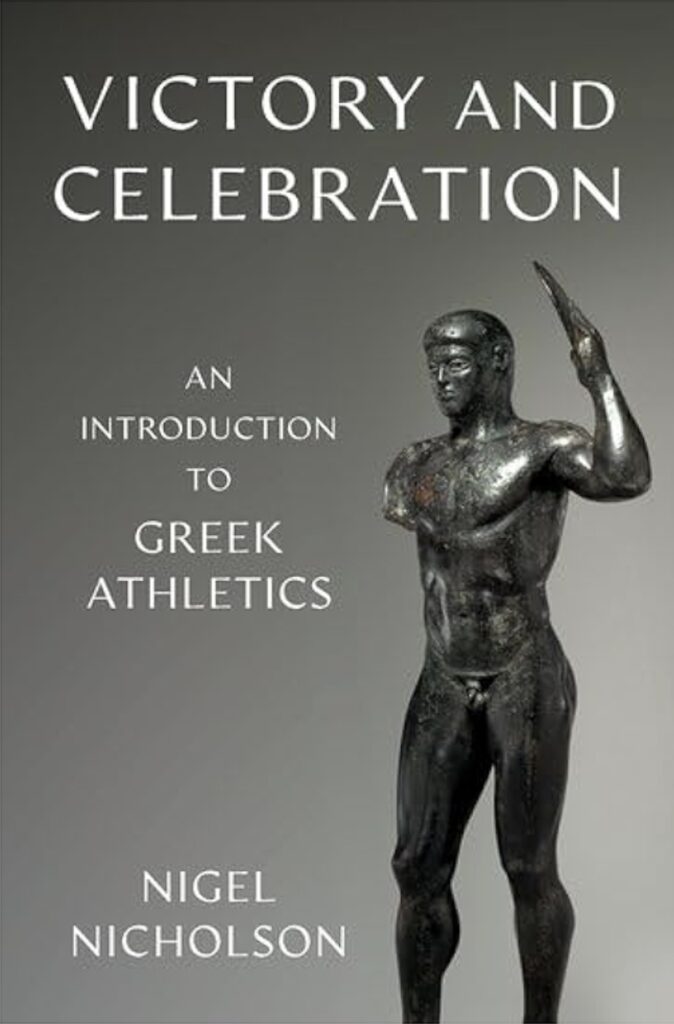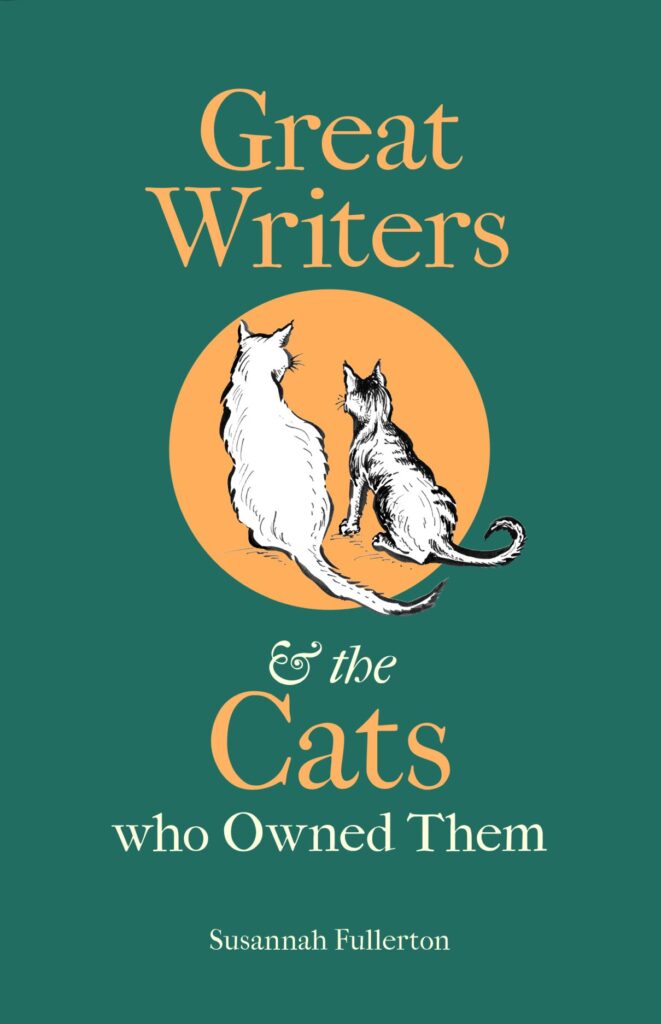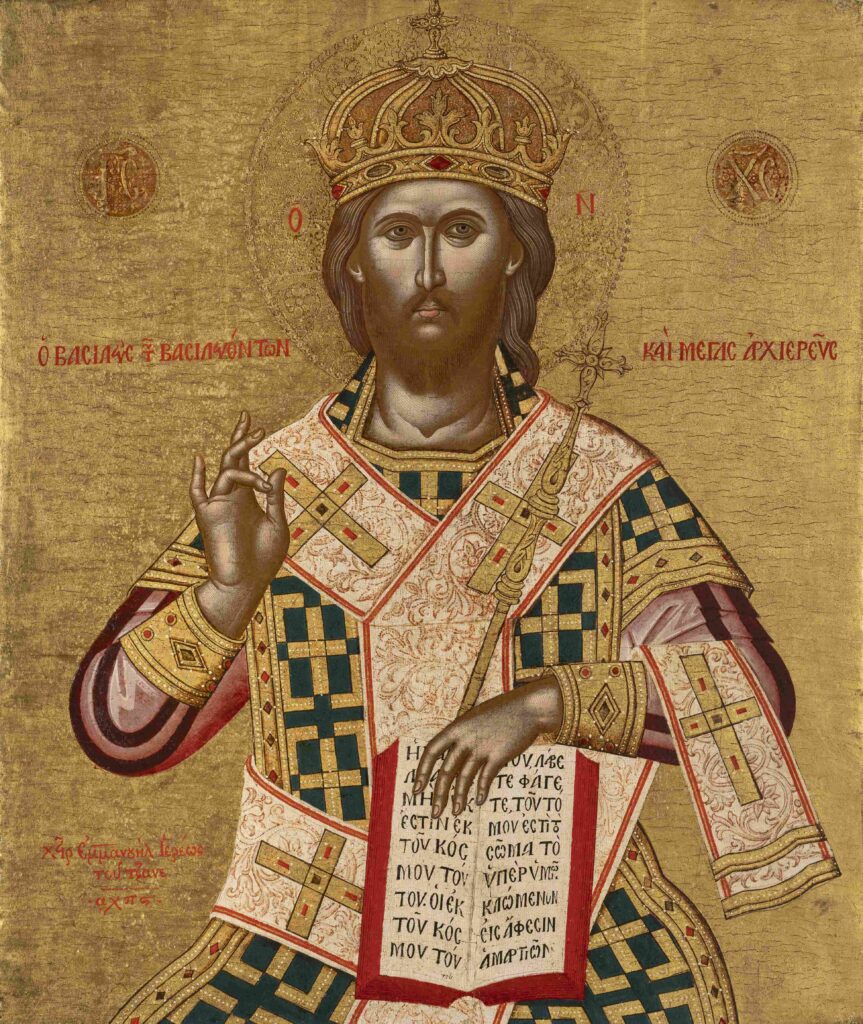
Victory and Celebration: An Introduction to Greek Athletics, by Nigel Nicholson (Oxford University Press): It’s common today to hear a successful professional athlete described as “set for life” after he inks a nine-figure contract, or that he “has it made” on reaching the upper echelons of his sport. But the Greek poet Pindar had something else in mind when he affirmed that one Olympic victor “for the rest of his life possesses honey-sweet fair weather.” Unlike most societies in history, the ancient Greeks valorized athletic achievement every bit as much as we do, and in some respects more—which can make it difficult to appreciate the very different ways they did so. Focusing on commemorative statues as well as victory (or “epinician”) odes, Nigel Nicholson’s new Victory and Celebration helps us see why Pindar might say of another Olympic victor that “of all the glories that we mortal race touch, he has come/ to the end of the voyage.” —RE

The Licensing Racket: How We Decide Who Is Allowed to Work & Why It Goes Wrong, by Rebecca Haw Allensworth (Harvard University Press): In Rebecca Haw Allensworth’s The Licensing Racket, she reveals that, by her estimates, nearly 20 percent of workers in America must have a license to do their jobs. From hairdressers to doctors, and many more between, American workers are bedeviled by complex and often arbitrary regulations surrounding their ability to practice a given trade. Allensworth presents here a call to action, seeking the abolition of unreasonable licensing practices and deep reform of those that may just be necessary. —BR

Great Writers and the Cats who Owned Them, by Susannah Fullerton (Bodleian Library Publishing): I wasn’t aware that Dorothy L. Sayers rescued her kitten, Blitz, from the wreckage of a bomb site. Nor did I know that Daffy III—the most supportive of companions—sat on Lucy Maud Montgomery’s lap as she penned the first drafts of Anne of Green Gables. These and other stories can be found in Susannah Fullerton’s Great Writers and the Cats who Owned Them. Fullerton brings a charming humanity to her portraits of rarefied figures like Alexandre Dumas and Mark Twain by describing not only their literary accomplishments, but also the cats who kept them company. Witty anecdotes, biographical details, an abundance of cats, and the occasional ink drawing make for a charming read. After all, aren’t we all just visitors in the worlds our pets inhabit? —ER

“Painted Gold: El Greco and Art between Crete and Venice,” at Palazzo Ducale, Venice, Italy (through September 29): “The Greek [icon] painter is the slave of the theologian . . . bound by tradition as the animal is to instinct,” declared the nineteenth-century art historian Adolphe Didron. That’s the old canard, but the truth is that Greek iconography constantly evolved to meet the spiritual (and economic) needs of the times, influencing the course of Western painting in the Italian Duecento and in return absorbing the influence of Italian art as the Renaissance progressed. Nowhere did this play out so dramatically as on the Venetian island of Crete, where refugee Greek artists established a thriving industry of icon painting for Catholic and Orthodox buyers alike. “Painted Gold,” an exhibition at Venice’s Palazzo Ducale, explores this special relationship, which reached its apotheosis in Doménikos Theotokópoulos, the Cretan painter better known as El Greco. Look out for my review in the September issue of The New Criterion. —IS
Dispatch:
“The British banter bouncers are coming!” by Joshua T. Katz. On censorship in the United Kingdom’s “Employment Rights Bill.”
From the Archives:
“Desmond MacCarthy’s familiar criticism,” by Joseph Epstein (May 1991). On Desmond MacCarthy’s life and work.















